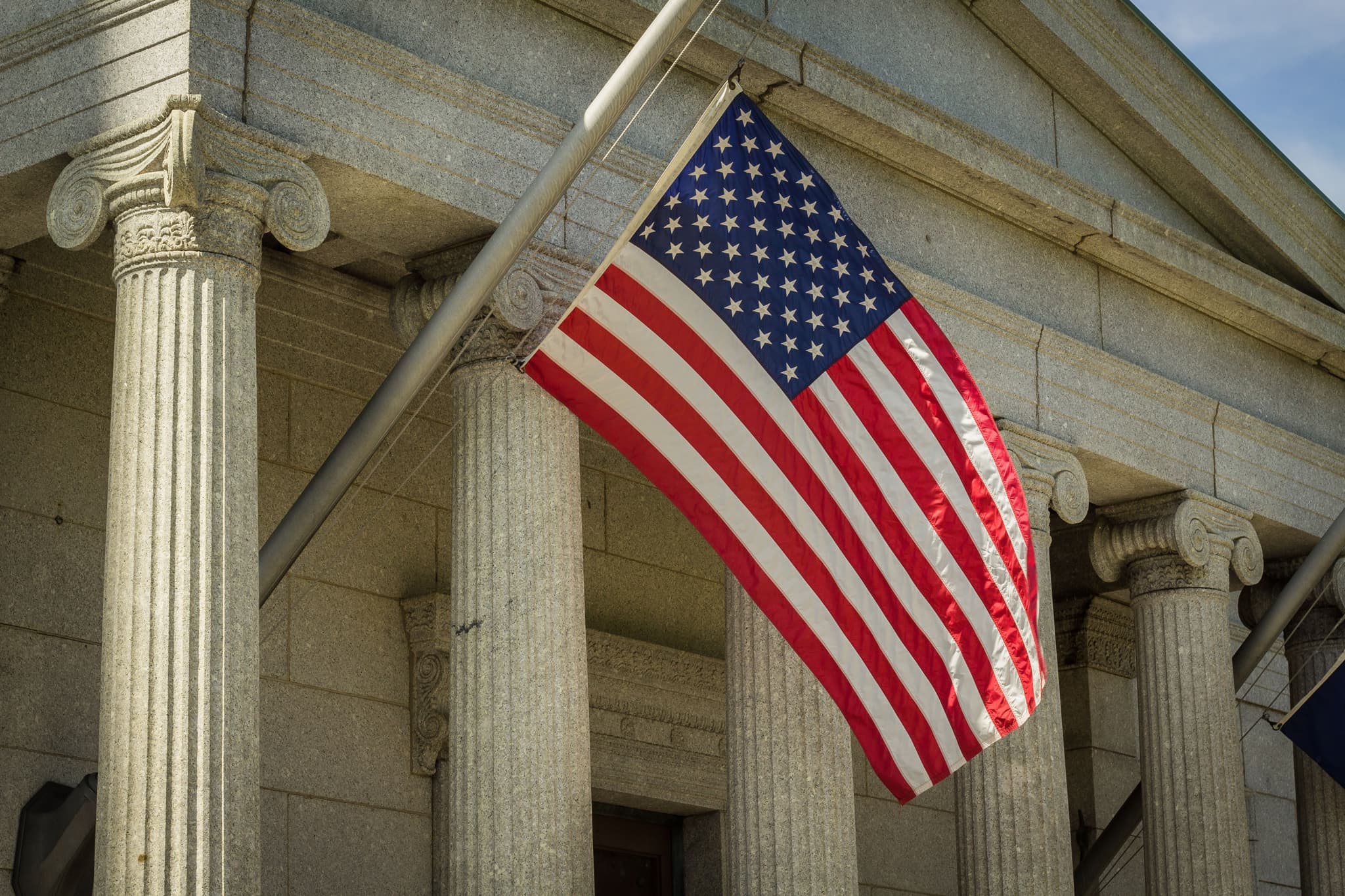
The U.S. Citizenship and Immigration Services (USCIS) plays a crucial role in managing the flow of temporary non-agricultural workers into the country through the H-2B visa program. As we move further into fiscal year (FY) 2024, significant updates and deadlines are on the horizon for employers looking to hire foreign workers under this program. Please continue reading to learn more.
What Is the H-2B Cap, and How Does It Affect Employers?
The H-2B visa program is subject to a cap set by Congress, limiting the number of foreign workers allowed into the U.S. each fiscal year. For the latter half of FY 2024, USCIS has announced that the cap has been reached as of March 7, 2024. This means that new cap-subject petitions for H-2B workers aiming for employment start dates between April 1, 2024, and October 1, 2024, will not be accepted if received after this date.
However, exemptions exist, including petitions for current H-2B workers in the U.S. seeking to extend their stay or change their employment conditions, as well as specific worker categories like fish roe processors and those in certain territories until December 31, 2029.
What Are the Supplemental H-2B Visas for FY 2024?
Recognizing the need for additional labor, the Department of Homeland Security (DHS) and the Department of Labor (DOL) have temporarily increased the H-2B cap by up to 64,716 visas for FY 2024.
These supplemental visas are aimed at U.S. businesses facing or anticipating significant harm due to the inability to employ necessary H-2B workers. The allocation of these visas is structured to address urgent labor needs at different periods within the fiscal year, with specific filing dates for employers based on the nationality of the workers and whether they are considered returning workers.
How Can Employers File for Supplemental H-2B Visas?
The process for filing for supplemental H-2B visas is detailed, with USCIS providing clear filing start dates for different allocations of these visas.
For example, petitions for workers from certain Central American countries and for returning workers in the early and late second half of FY 2024 have specified acceptance periods starting March 22 and April 22, 2024, respectively.
It’s critical for employers to be aware of these timelines and prepare their petitions accordingly to ensure they meet the specified deadlines.
What Should Employers Know About Upcoming Fee Changes?
In addition to the cap and supplemental visas updates, USCIS has announced fee adjustments for most immigration applications and petitions, effective April 1, 2024.
Importantly, there will be no grace period for filing with the old fees or form editions. H-2B petitions postmarked on or after this date must include the new fees and use the updated version of Form I-129, Petition for a Nonimmigrant Worker. Compliance with these requirements is essential for the successful processing of petitions.